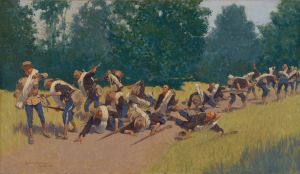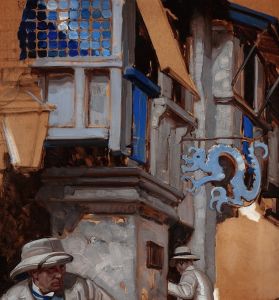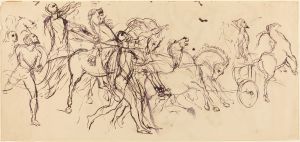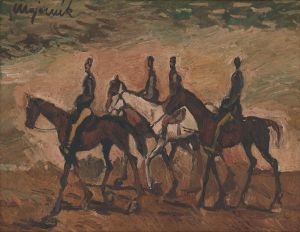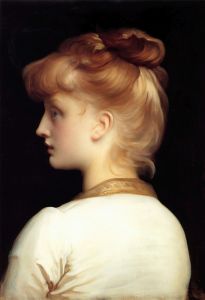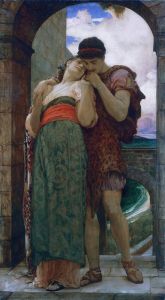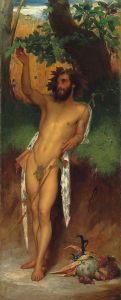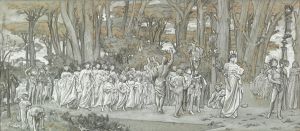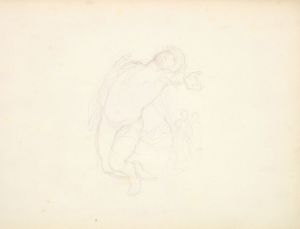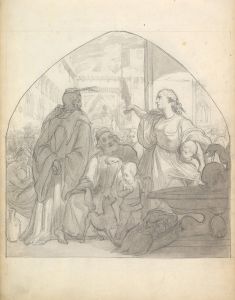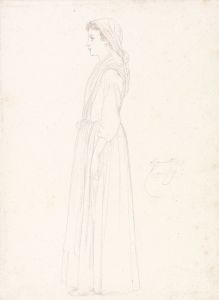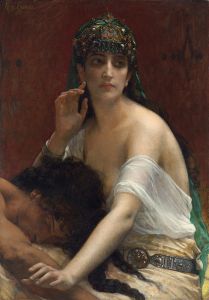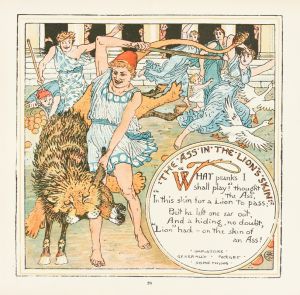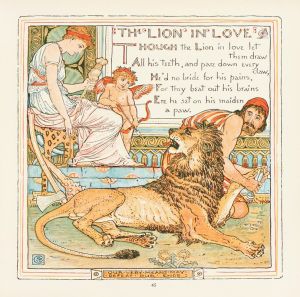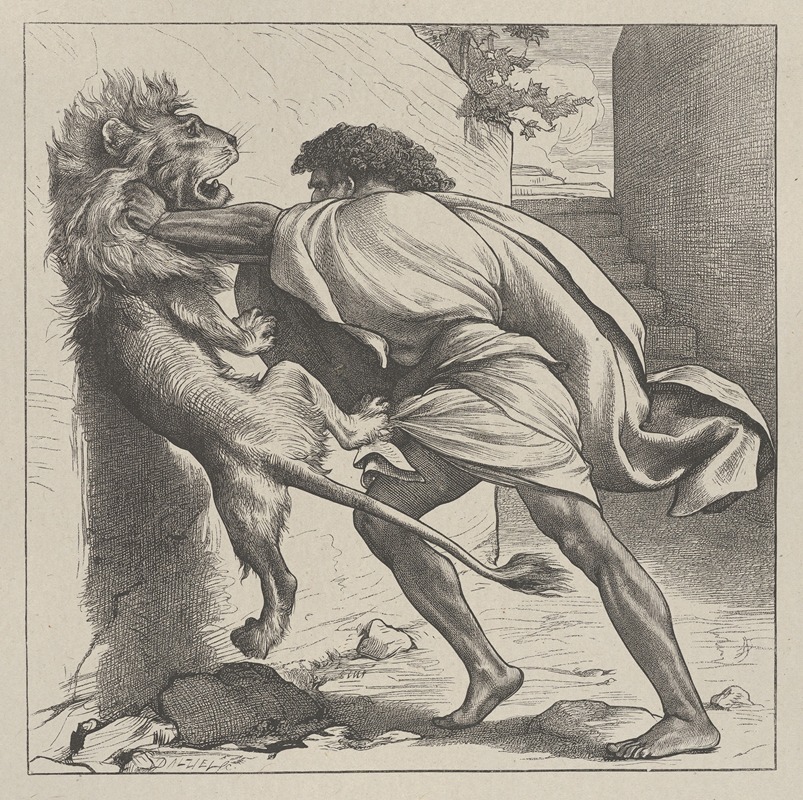
Samson and the Lion
A hand-painted replica of Frederic Leighton’s masterpiece Samson and the Lion, meticulously crafted by professional artists to capture the true essence of the original. Each piece is created with museum-quality canvas and rare mineral pigments, carefully painted by experienced artists with delicate brushstrokes and rich, layered colors to perfectly recreate the texture of the original artwork. Unlike machine-printed reproductions, this hand-painted version brings the painting to life, infused with the artist’s emotions and skill in every stroke. Whether for personal collection or home decoration, it instantly elevates the artistic atmosphere of any space.
"Samson and the Lion" is a painting by the renowned British artist Frederic Leighton, completed in 1880. Leighton, who was a leading figure in the Victorian art world, is known for his classical subject matter and meticulous attention to detail. This particular work is a vivid representation of a biblical scene from the Book of Judges, which tells the story of Samson, a figure known for his immense strength.
The painting depicts the moment when Samson, on his way to the land of the Philistines, encounters a lion. According to the biblical narrative, Samson is endowed with extraordinary strength by God, which he uses to tear the lion apart with his bare hands. Leighton's interpretation captures the dramatic intensity of this encounter, showcasing his skill in rendering the human form and his ability to convey emotion and movement.
In "Samson and the Lion," Leighton employs a dynamic composition that draws the viewer's eye to the central struggle between man and beast. The painting is characterized by its use of rich, vibrant colors and intricate detailing, particularly in the depiction of Samson's muscular physique and the lion's powerful form. Leighton's background in classical art is evident in the anatomical precision and the idealized portrayal of the human body, reflecting the influence of ancient Greek and Roman sculpture.
The work is also notable for its exploration of themes such as strength, courage, and divine intervention. Samson's victory over the lion is often interpreted as a symbol of the triumph of good over evil, a common motif in religious art. Leighton's ability to convey these themes through visual storytelling is a testament to his mastery as an artist.
"Samson and the Lion" was exhibited at the Royal Academy in London, where it received considerable attention and acclaim. The painting is part of Leighton's broader oeuvre, which includes other works inspired by classical mythology and biblical stories. His art is characterized by a blend of realism and idealism, a style that was highly regarded during the Victorian era.
Frederic Leighton was not only a painter but also a sculptor and a prominent figure in the art community. He served as the President of the Royal Academy from 1878 until his death in 1896, and his contributions to the arts were recognized with a peerage, making him the first artist to be ennobled in Britain.
Today, "Samson and the Lion" is housed in a public collection, where it continues to be appreciated for its artistic and historical significance. Leighton's work remains influential, and his paintings are celebrated for their beauty, technical skill, and the way they capture the spirit of the Victorian age.





